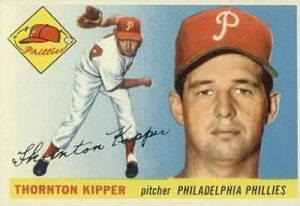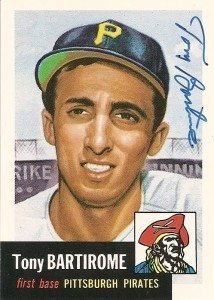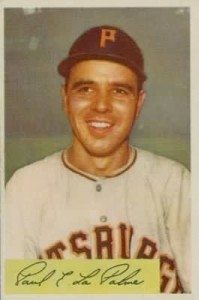My first crisis in faith as a baseball fan came in 2002. I had survived ugly uniforms, artificial turf and a season with no World Series. But seeing the All-Star Game skid to a 7-7 tied halt pushed me over the brink. Rumors of another strike seemed too much.
I couldn’t change the game on the field. I could preserve the game in my head — and my heart.
I wrote 100 thank-you notes that year. I wrote to the names in MY baseball history. Stars of seemingly-ordinary games that I attended or followed by TV or radio. The outcomes may have been meaningless to the standings, but not to me. Baseball “stars” who may have seen their glimmer fade fast still sparkled in my memory, and I wanted them to know. Other times, I sent overdue gratitude. For instance, I thanked Lulu Harwell for sharing Ernie with the baseball world all those years.
Breaking every rule of autograph collecting, I did not enclose a self-addressed, stamped envelope for anyone I contacted by U.S. Mail. I was writing my biography as a baseball fan, sharing one page of the story with each member of my personal Hall of Fame.
The phone rang three times. The first call came from Jimmy “The Toy Cannon” Wynn, astounded at the story of him being the first baseball card I ever found in a pack (1969). Ted “The Famous Chicken” Giannoulas phoned next, commenting on my assessment of the ludicrous lawsuit he faced against a cup-of-coffee pitcher. Most amazing of all, fellow Iowan Bruce Kimm, then-interim manager of the Chicago Cubs, called me from his Wrigley Field office before a game. He said he appreciated the praise I offered for his role in Mark Fidrych’s success. Asking how his team was that day, his cryptic reply sticks with me:
“The Cubs will be fine.”
Other replies thanking me for my appreciation followed by U.S. Mail. I’ll share those in the future. My “success rate” isn’t the important moral of this story. What’s vital to remember is that fans like us matter. Speak up. Speak out. Let those you appreciate hear your cheers once more, even if it’s only inside an envelope.



